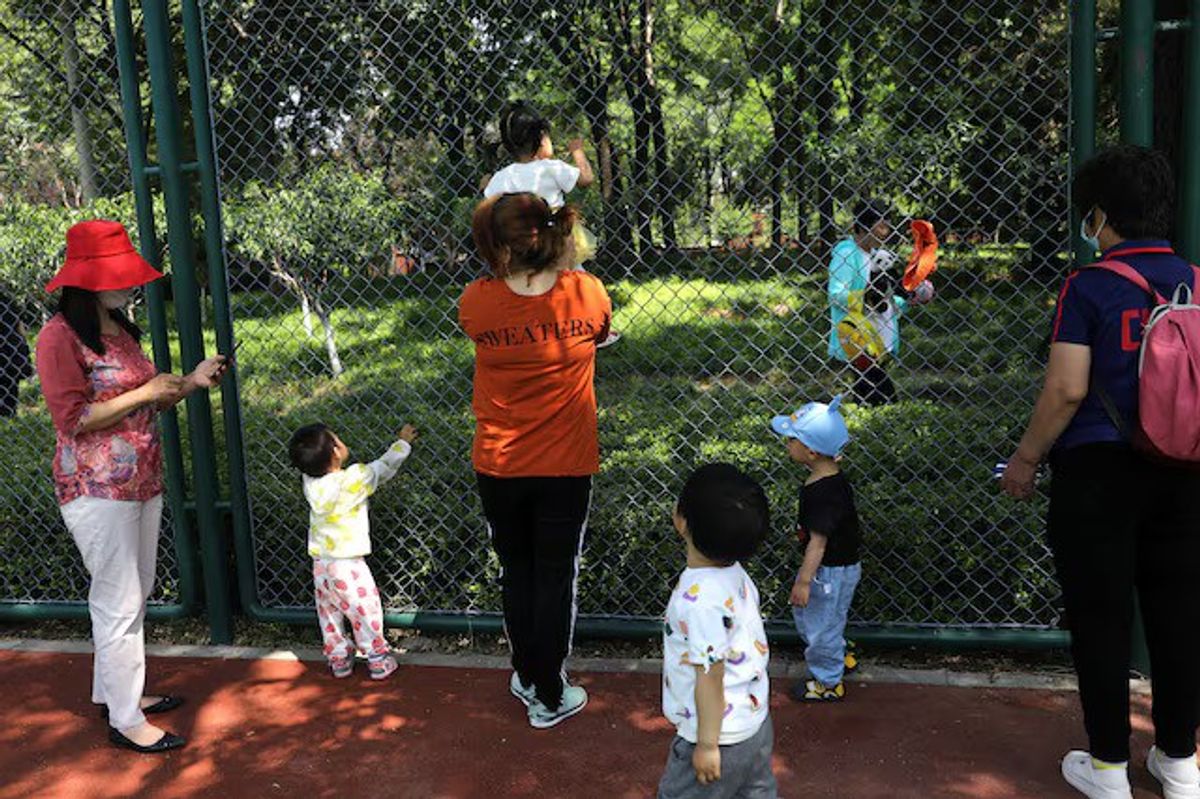More steps needed to maintain fertility level in China, Xi says
Despite ending the one-child policy in 2015, China struggles to raise its birth rate and address its aging population
Reuters
News Agency Partner
Reuters is a leading source of news and information, delivering fact-based reporting and expert analysis on international events and trends.

President Xi Jinping is calling for more efforts to maintain China's fertility levels and population size, state news agency Xinhua reported on Friday, as the country grapples with the fallout of an ageing population.
The legal system overseeing population and reproduction matters should be improved to help strengthen demographics, Xinhua cited Xi as saying in an article to be published in the official journal of the Chinese Communist Party on Saturday.
The birth rate in China, which has a population of 1.4 billion, hit a record low last year, and fellow Asian giant India has outpaced it to become the world's most populous nation.
China's aging population is burdening its pension system and although the country abandoned its 35-year-old one-child policy in 2015, it has struggled to boost the birth rate, particularly as the period saw rural people stream into the cities for jobs.
China should establish and improve policies on fertility support to promote long-term balanced population development and needs to strengthen human resources' development to increase labour supply, Xi said.
He said that to ensure "population security", the country should also improve coordination between the Chinese population and the economy and resources.
Chinese authorities have in recent months released measures to improve family planning and parenting, calling for efforts to build "a new marriage and childbearing culture" in a bid to increase the birth rate.










Comments
See what people are discussing